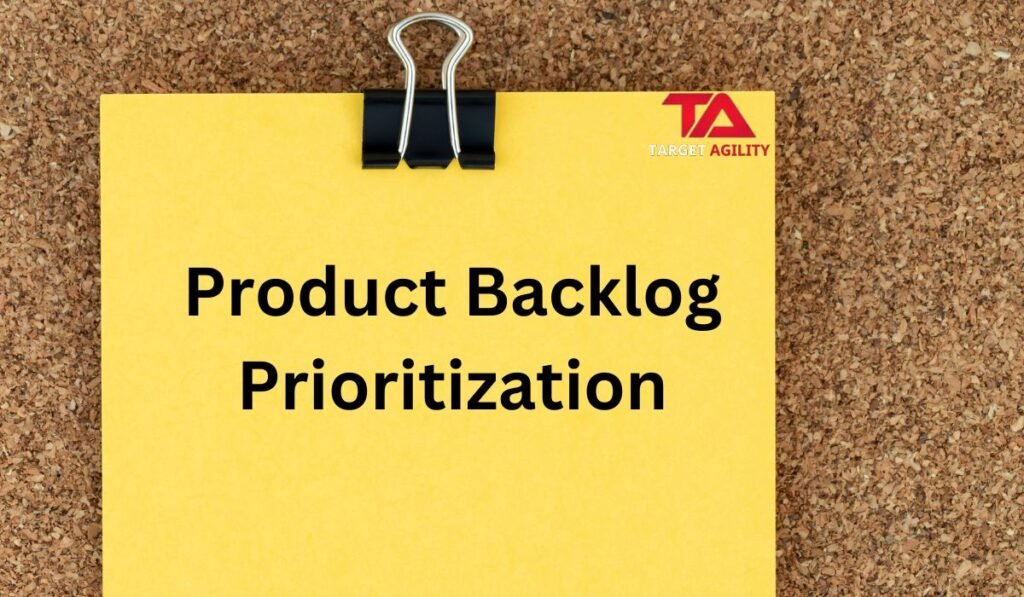Product Backlog Prioritization: Picking the Best Method for Your Team

In the world of creating new stuff, having a plan is like having a map. For teams building things, that map is called a product backlog. But there are so many ways to decide what’s most important on that map. In this blog, we’ll look at different ways to prioritize and help you find the best one for your team. Why Prioritization Matters:Imagine you’re cooking a meal. You wouldn’t start with dessert if you haven’t cooked the main course. Prioritizing in product development is like deciding what to cook first so you serve the best meal to your customers. It helps teams focus on what’s most important and deliver better results. Different Ways to Prioritize: 1.Must, Should, Could, Won’t (MoSCoW) Method: 2. Kano Model: 3. Value vs. Complexity: 4. Eisenhower Matrix: 5. Buy a Feature: Choosing the Right Way: 1. Know Your Team: 2. Think About the Project: 3. Ask Your Team and Stakeholders: 4. Try Different Things: Conclusion:Choosing how to prioritize tasks in your product backlog is like picking the best route on a map. There’s no one right way, but by understanding your team, your project, and trying different methods, you’ll find the best way to deliver what matters most to your customers.

